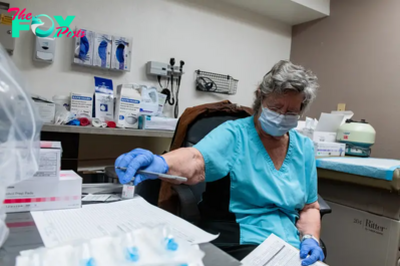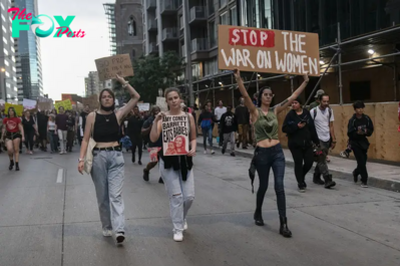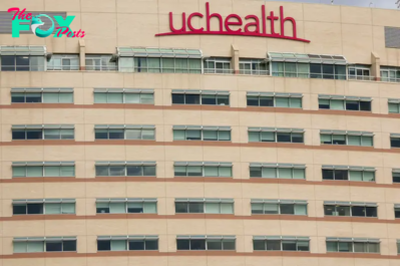Health
Sharing the smallest of hearts: A Colorado girl lives because of another family’s loss
After 2-year-old Mateo died from drowning, his donated organs saved other people’s lives. His family found solace in knowing that his liver went to an infant and his kidneys to two adults.
The heart, though, felt like the most powerful gift.
Because they can hear it, still.
It beats now in the chest of a little girl named Willow, who would have died without the gift she received because of another family’s tragedy. When the two families met a few months after Mateo’s death and Willow’s heart transplant, Mateo’s family took turns placing their ears to Willow’s chest, hearing the thump, thump, thump of their boy’s strong heart.
They held up a stethoscope attached to a phone so they could record the steady beat, and take it home with them.
A heart for Willow
Willow’s own heart had no beats left.
When the transplant team at Children’s Hospital Colorado removed the 2-year-old girl’s heart and set it on a table, it was done, too weak to squeeze out a few last beats as sometimes happens during transplant operations.
A new heart for Willow, a sweet-faced toddler and the only girl among five brothers, had come just in time.
The tranplant last August not only saved Willow’s life but let her live outside of a hospital bed, to play and run without the tubes that had attached her body to machines.
It came after multiple cardiac arrests, so many nights in hospital beds, a late-night false alarm about a donor heart that didn’t come, and her family’s move across the country on a “hope and a prayer” that doctors in Colorado would give Willow a new heart. The girl is home now in Castle Rock, one of more than 500 patients who’ve received heart transplants at Children’s, which has grown to one of the largest programs in the nation.
“This is actually the longest we’ve ever had her home,” said Willow’s mom, Lauren Sanford, as her girl ran around their back yard in a diaper, trying to keep up with her brothers. “She feels like she’s actually mine now.”
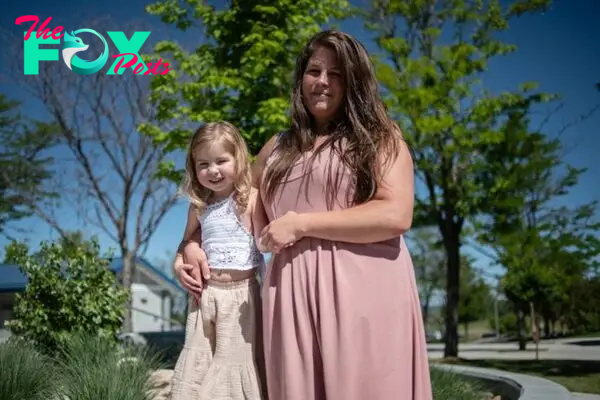
“There’s no hope here. Let’s go there.”
Willow was 5 months old the first time she was rushed to the hospital.
Sanford started driving toward the hospital when she realized her baby was turning blue. An ambulance met them about 30 minutes from their home in Maryland, then brought Willow to Children’s National Hospital in D.C.
“When they put her on the EKG machine, they were like, ‘We’ve never seen this before,’” Sanford said. “She had four arrhythmias that were life threatening.”
🎧 Listen here!
Go deeper into this story in this episode of The Daily Sun-Up podcast.
Subscribe: Apple | Spotify | RSS
Willow’s heart was basically stuck in V-tach, or ventricular tachycardia, and her heart was racing. Medication didn’t work. Doctors in D.C. tried burning part of her heart with a catheter ablation in an attempt to get it to function properly. Then they implanted a pacemaker and a defibrillator into her body. Sanford watched helplessly, for the first time of many, as the machines tried shocking Willow’s heart back into rhythm.
After all of it, Willow’s baby heart was weak. Doctors found that she had a rare genetic mutation — she was only the 65th person to receive the diagnosis — that they suspect is linked to cardiomyopathy, which affects the heart’s ability to pump blood.
Willow’s parents wanted their baby to have a heart transplant, but doctors at National Children’s said she wasn’t a good candidate. Instead, they proposed trying to fix her heart valves through a surgery they admitted was risky. “I mean, you literally sign every time that she goes in that she could die, so we always know there is a risk,” Sanford said. “The procedure they wanted to do, they were just like, ‘The chances of her coming out aren’t great.’ And I’m like, ‘Why would we do that?’”
When the Washington hospital didn’t want to put Willow on the transplant list, her parents asked Boston Children’s. They said no, too. They went to Children’s Hospital of Philadelphia and got the same answer.
It felt like a “death sentence,” Sanford recalled.
-
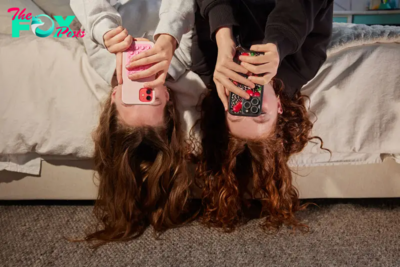
 Health23h ago
Health23h agoTeens Are Stuck on Their Screens. Here’s How to Protect Them
-

 Health1d ago
Health1d agoHow Pulmonary Rehab Can Help Improve Asthma Symptoms
-

 Health1d ago
Health1d ago10 Things to Say When Someone Asks Why You’re Still Single
-

 Health2d ago
Health2d agoThe Surprising Benefits of Talking Out Loud to Yourself
-

 Health2d ago
Health2d agoDoctor’s bills often come with sticker shock for patients − but health insurance could be reinvented to provide costs upfront
-

 Health3d ago
Health3d agoWhat an HPV Diagnosis Really Means
-

 Health3d ago
Health3d agoThere’s an E. Coli Outbreak in Organic Carrots
-

 Health4d ago
Health4d agoCOVID-19’s Surprising Effect on Cancer




